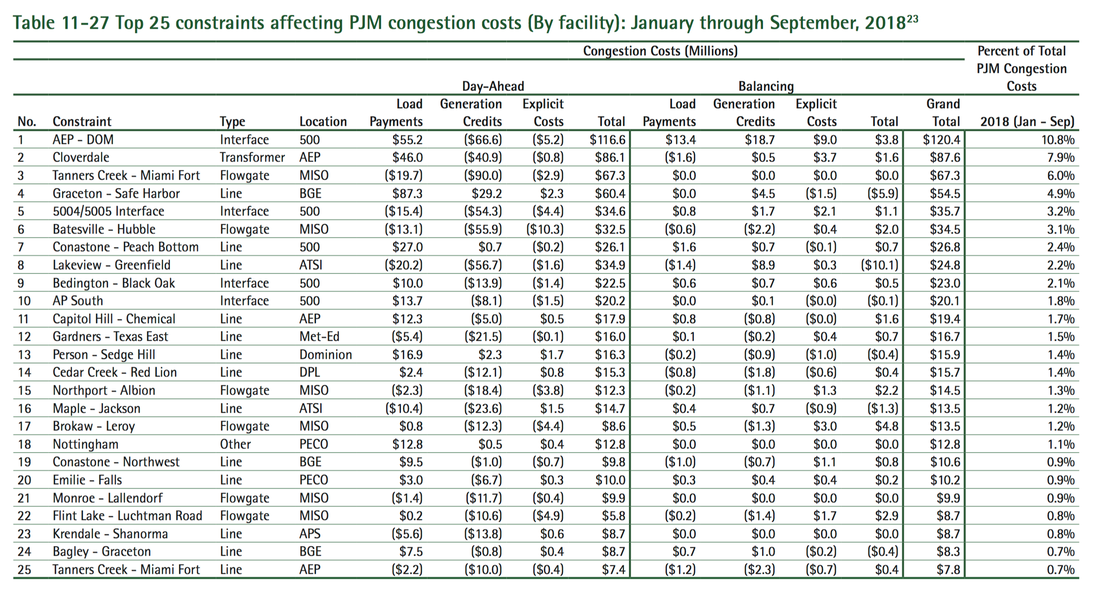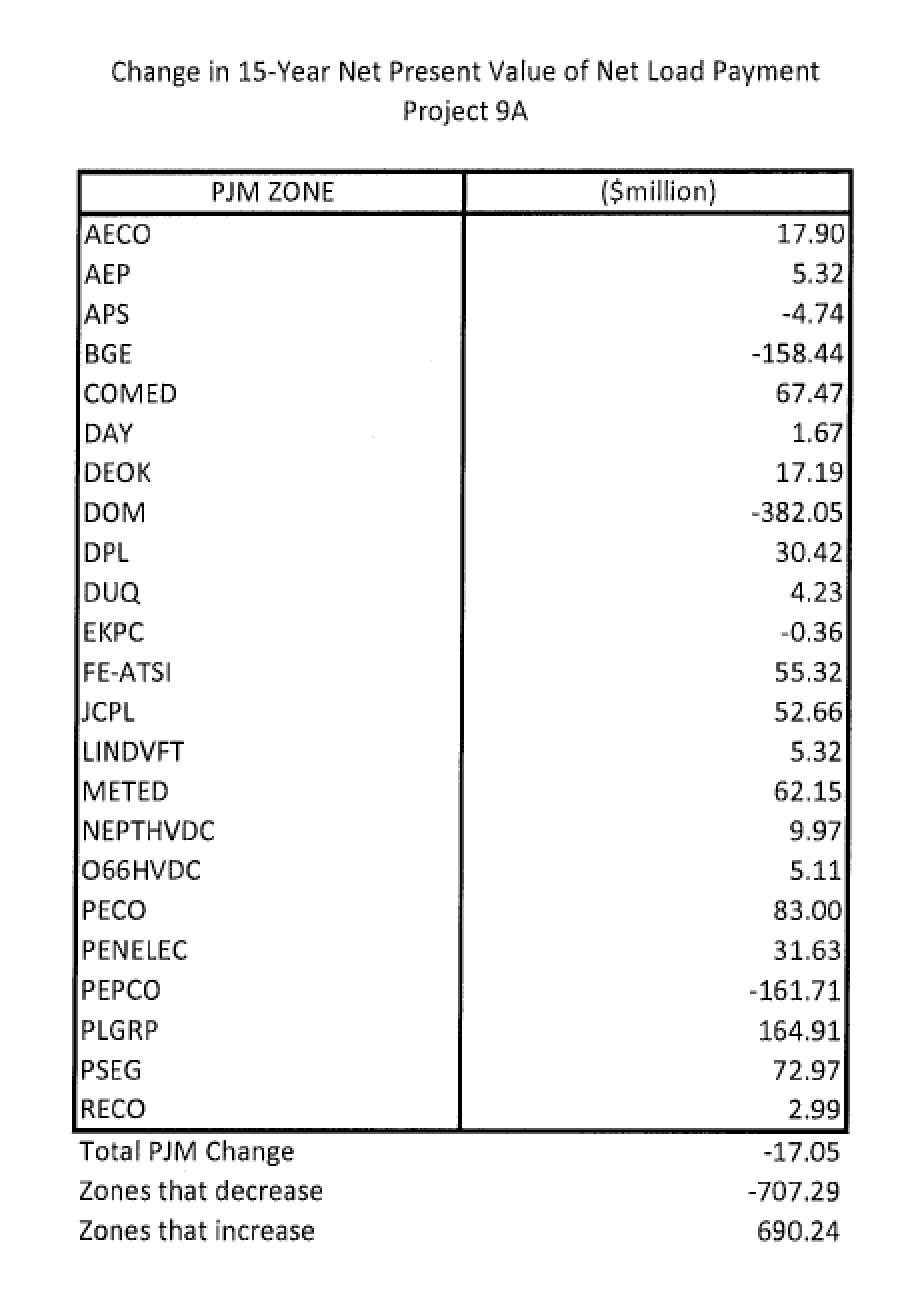But today's transmission lines aren't needed for the same reasons. The vast majority of today's transmission proposals are for other reasons, such as cheaper prices for customers in other regions, or "cleaner" energy for other regions. It's no longer about bringing electricity to people without it, and it's not all about keeping the grid we have functioning and reliable. For today's transmission companies, it's also about profit. There's a fortune to be made constructing transmission and controlling new pathways to transport electricity further and further from its point of generation.
Today's transmission opposition has also undergone a vast sea change from the small, disconnected community groups of yore. Now it's easy for small groups to connect with others and tap the experience of successful opposition groups, thanks to the internet. We communicate differently in this century, and communication is oftentimes the secret sauce of success. While transmission companies haven't changed their "best practice" tactics in decades, opposition is fleet and malleable. The secret hierarchy of opposition groups makes them quick to adapt, and even quicker to deploy new, winning tactics. The opponents are fighting with their hearts, the industry is fighting from a stale, dog-eared "playbook." It's just a job for the industry warriors. Personally, the only thing they get out of victory is a pat on the head, or maybe a bonus or promotion. Opponents receive the opportunity to maintain the status quo, at least until the next transmission proposal invades. They don't get a bonus. In fact, the only return on their investment may be gazing out the window and not seeing an ugly transmission tower. The transmission employee merely moves on to the next job... he can't see those towers from his house! It's all about motivation, and transmission opposition groups are racking up an amazing list of victories. It's simply no longer true that the transmission company wins every time. In fact, they're probably closer to losing most of the time when faced with organized opposition. Opposition is costing transmission companies a lot of money and often outright cancellation or failure of transmission proposals.
This recent opinion piece from Transmission Developers Inc. (TDI) defends its project from the inaccurate characterization of its project from competing transmission company Central Maine Power (CMP). The two projects, both purposed to transmit hydropower from Quebec to Massachusetts, couldn't be more different. CMP proposes aerial lines and many miles of new right of way through the Maine wilderness. TDI, on the other hand, proposes new transmission that is underground and underwater, with no new overhead transmission lines. CMP is also a second attempt to build new aerial lines to satisfy Massachusetts' huge appetite for "clean" power generated elsewhere (Not In My Backyard, eh, Massachusetts?). Massachusetts' first choice was the ill-fated Northern Pass project through New Hampshire. When that project was rejected by New Hampshire, CMP was selected as the second choice. TDI gets no love from Massachusetts, who is only looking at the proposed cost, not the actual cost. TDI points out something very important in its letter:
TDI, from the very beginning, took important community, environmental and aesthetic considerations into account when designing and siting the NECPL. TDI carefully chose underground technology specifically to minimize impacts on the people, viewshed and environment of Vermont. We recognized that the additional expense related to underground construction for NECPL was worth the alleviation of a multitude of genuine community and environmental concerns, and that the cost of any project can’t only be measured in dollars.
1. Purchased advocacy. Transmission companies first knee-jerk reaction to organized opposition is to compete with it by purchasing advocacy. Front groups, advertising, and "donations" to advocate groups to win their favor cost money. How much? It sort of depends on how big a campaign the transmission company thinks it needs. It also depends on the size of the opposition. A bigger opposition requires larger expenditures to secure advocates. People who are willing to sell their community down river for benefit of an out-of-state intruder can be pretty pricey if they're likely to receive a lifetime of ostracized backlash from their neighbors. A transmission company can easily spend $10M or more on purchased advocacy. Cha-ching!
2. "Mitigation" payments to communities and community groups. This can be a huge expense! Transmission companies make agreements to "mitigate" their effect on local communities with monies paid to local governments, organizations, and business groups who are happy to push their community under the bus in exchange for cash. Local governments figure payments from transmission companies benefit the community as a whole, and some of them are amazingly cheap dates. Others not so much. Organizations and business groups are all about personal profit or concessions that benefit the group or organization, at the expense of the community. This is pure greed! A transmission company can shell out at least $100M in "mitigation" payments to governments and groups that drive a hard bargain. Cha-ching!
3. Increased regulatory costs. Opposition in the regulatory process costs money. A transmission company must spend more money on legal fees, experts, and bogus "studies" to be submitted as evidence in the regulatory process. A transmission company may also shell out a whole bunch of money to purchase the best political influence on the regulatory decision. We're talking hundreds of millions of dollars in this category alone. Cha-ching!
4. Permitting delays. Time is money, and good opposition can cause increased permitting delays. An uncontested application can sail through the regulatory process in record time. A contested application drags on and on and on. How much does delay cost? Over a month? Over a number of months? Over a year? Over a number of years? Opposition permitting delays are usually of the "years" category of delay. The cost of delay to the transmission company can vary. With a merchant project, the entire cost of the delay and value of the sunk investment is on the company. This is hugely expensive. With a ratepayer guaranteed, cost-allocated project it still costs just as much, however ratepayers are picking up the additional costs of delay, and paying the transmission company for the cost of its investment during the process. While the costs are the same, it's all about who pays. In the case of the merchant New England projects, the cost is on the company. Cha-ching!
5. Permitting failure. It's reasonable to plan that a merchant transmission project may fail entirely after shelling out the money noted in the four previous categories. In this case, the transmission company is left with nothing but a huge debt and some pretty angry investors. Example: The Clean Line merchant projects that spent over $200M in "development" costs and then failed to receive enough permits to build (and couldn't find any customers to pay for the projects, which was another huge factor in the failure). Cha-ching!
A transmission project buried on existing public or private rights of way (such as roads or railroads, or under large bodies of water) that doesn't cross privately owned land, and doesn't use eminent domain, doesn't create the same kind of expensive opposition. A project without opposition can avoid the expense of opposition, and as we've discussed, opposition costs money. Lots of money.
A buried project may cost more to build, but it provides the kind of regulatory and price certainty that transmission companies need. The odds are good that a buried project will be approved and built, whereas an aerial project with entrenched opposition will probably not be approved and will never be built. Any customer who looks solely at price when considering competing transmission proposals fails to realize that after the cost and risk of opposition is added, they're going to end up paying the same, or more. They may also experience the cost of failure.
Opposition is too expensive. Choose the buried option.


 RSS Feed
RSS Feed